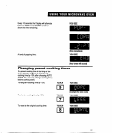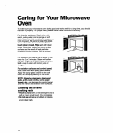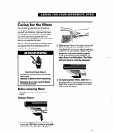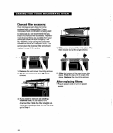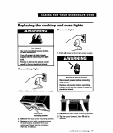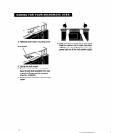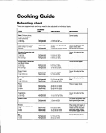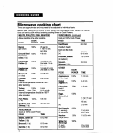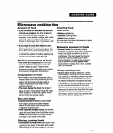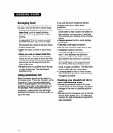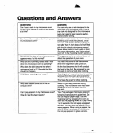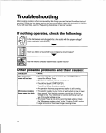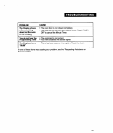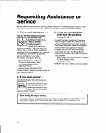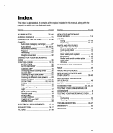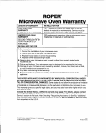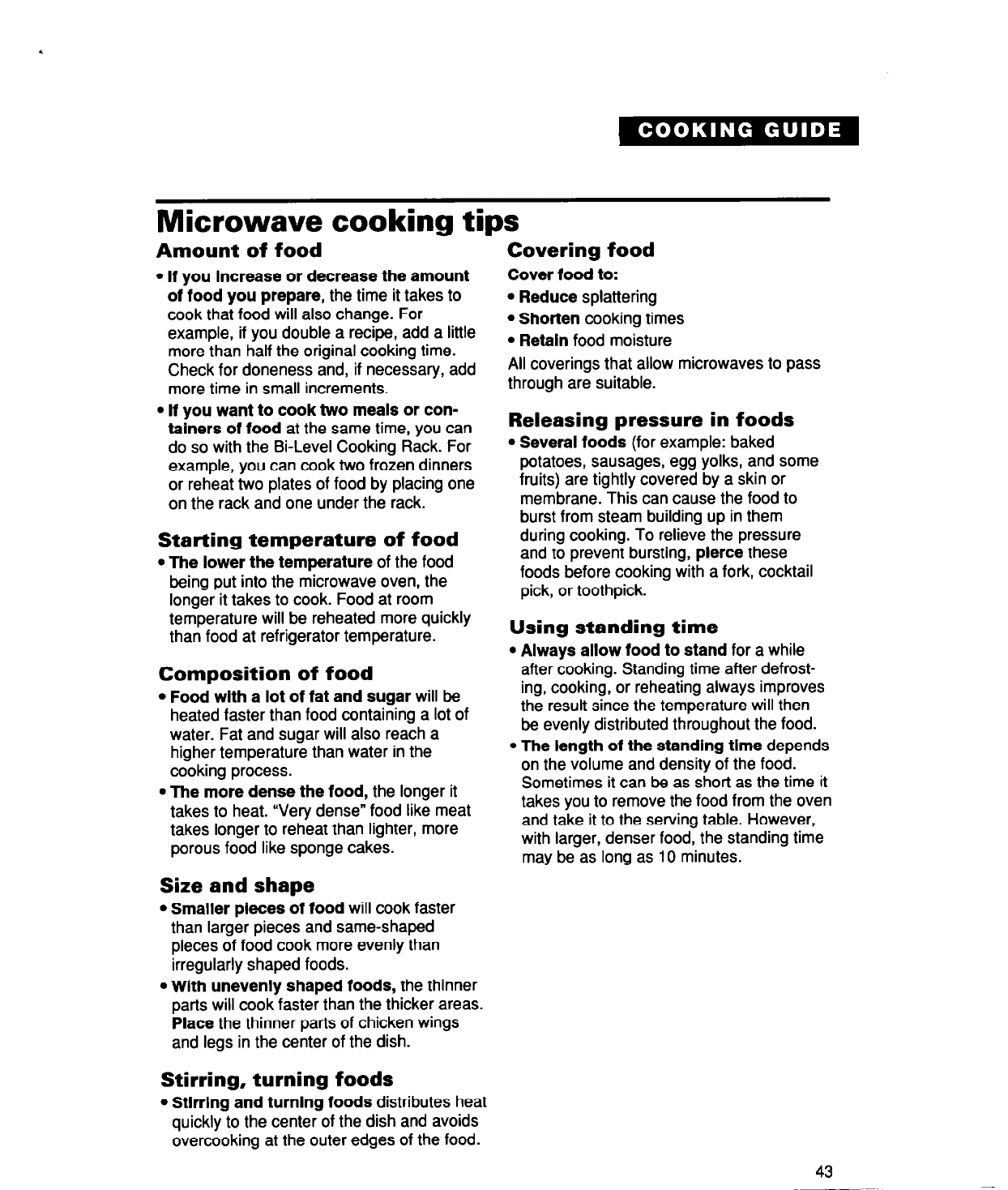
Microwave cooking tips
Amount of food
l
If you Increase or decrease the amount
of food you prepare,
the time it takes to
cook that food will also change. For
example, if you double a recipe, add a little
more than half the original cooking time.
Check for doneness and, if necessary, add
more time in small increments.
l
If you want to cook two meals or con-
tainers of food
at the same time, you can
do so with the W-Level Cooking Rack. For
example, you can cook two frozen dinners
or reheat two plates of food by placing one
on the rack and one under the rack.
Covering food
Cover food to:
l
Reduce
splattering
l
Shorten
cooking times
l
Retaln
food moisture
All coverings that allow microwaves to pass
through are suitable.
Starting temperature of food
l
The lower the temperature
of the food
being put into the microwave oven, the
longer it takes to cook. Food at room
temperature will be reheated more quickly
than food at refrigerator temperature.
Releasing pressure in foods
l
Several foods
(for example: baked
potatoes, sausages, egg yolks, and some
fruits) are tightly covered by a skin or
membrane. This can cause the food to
burst from steam building up in them
during cooking. To relieve the pressure
and to prevent bursting,
pierce
these
foods before cooking with a fork, cocktail
pick, or toothpick.
Composition of food
l
Food with a lot of fat and sugar
will be
heated faster than food containing a lot of
water. Fat and sugar will also reach a
higher temperature than water in the
cooking process.
l The
more dense the food,
the longer it
takes to heat. “Very dense” food like meat
takes longer to reheat than lighter, more
porous food like sponge cakes.
Using standing time
l
Always allow food to stand
for a while
after cooking. Standing time after defrost-
ing, cooking, or reheating always improves
the result since the temperature will then
be evenly distributed throughout the food.
l
The length of the standing tlme
depends
on the volume and density of the food.
Sometimes it can be as short as the time it
takes you to remove the food from the oven
and take it to the serving table. However,
with larger, denser food, the standing time
may be as long as 10 minutes.
Size and shape
l
Smaller pieces of food
will cook faster
than larger pieces and same-shaped
pieces of food cook more evenly than
irregularly shaped foods.
l
With unevenly shaped foods,
the thinner
parts will cook faster than the thicker areas.
Place
the thinner parts of chicken wings
and legs in the center of the dish.
Stirring, turning foods
l
Stlrrlng and turning foods
distributes heat
quickly to the center of the dish and avoids
overcooking at the outer edges of the food.
43



